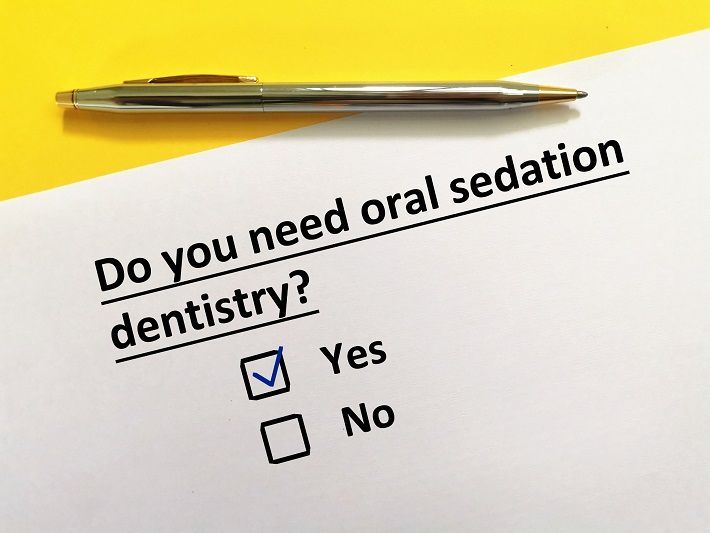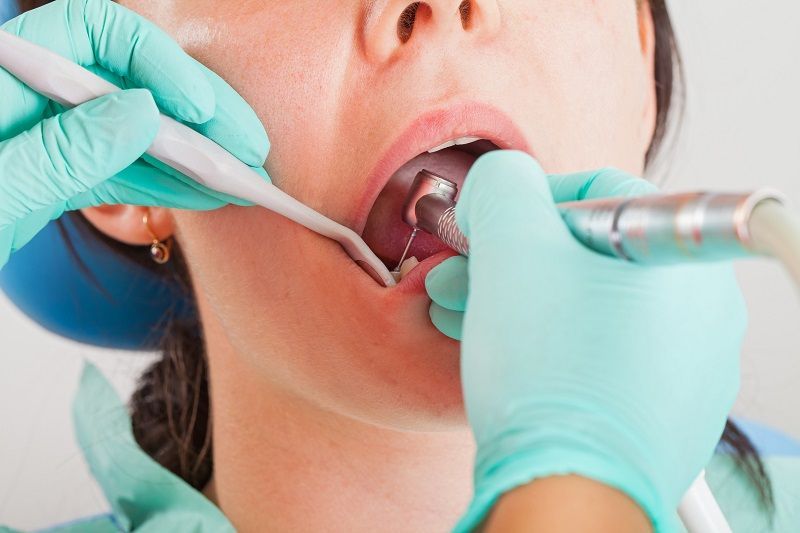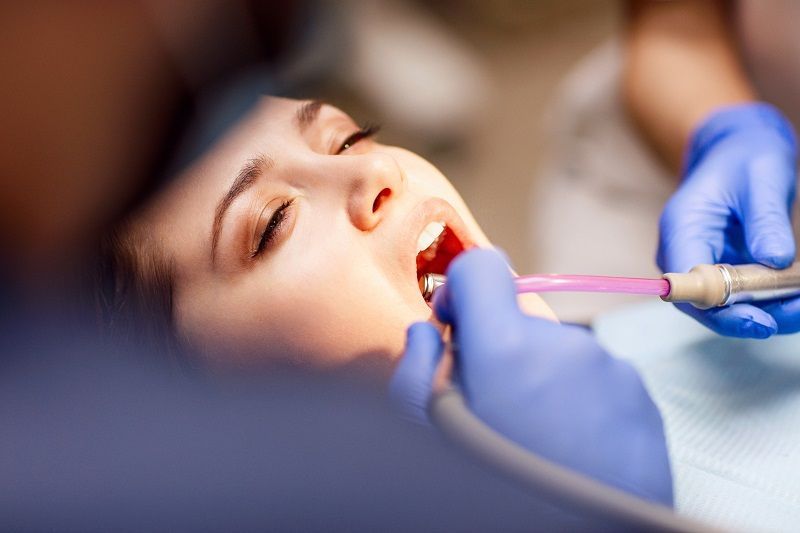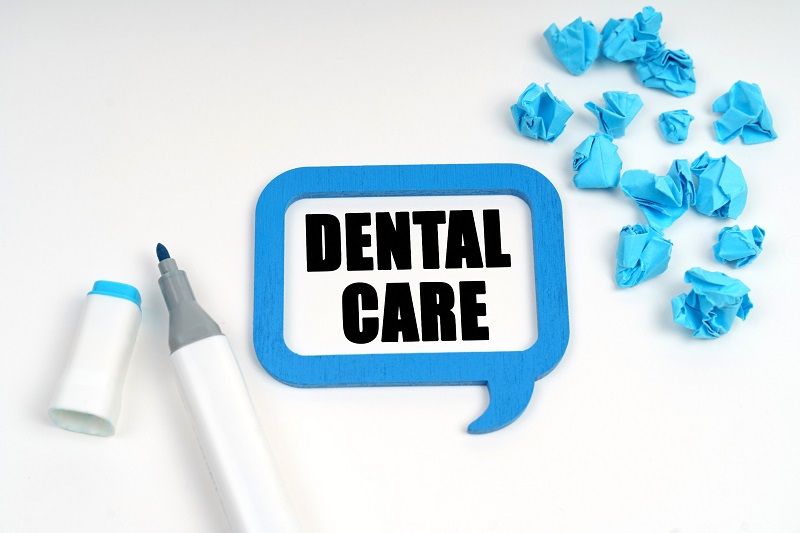What Can You Do About Gum Disease Symptoms
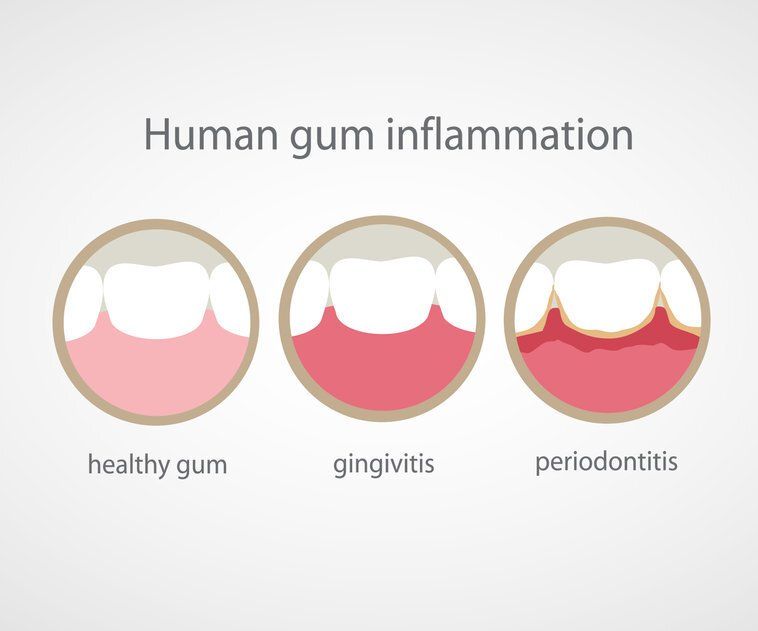
Although you may have some signs of gum disease, such as inflammation and bleeding gums, you may not know you have gum problems until you go to the Colorado sedation dentistry office for an examination. This is because gingivitis, the first stage of gum disease, may not be painful and often goes undetected. Gingivitis can also be omitted in smokers because smoking can hide its initial symptoms.
For this reason it is important to go to the dentist regularly, because the specialist can detect the signs of gum disease even when they are not obvious, and you will be able to take the necessary measures before the problem worsens.
Gingivitis is often caused by bacterial plaque deposits on, around and between the teeth. When the bacterial plaque is not removed by regular brushing, the gums can become irritated and inflamed, bleed and eventually withdraw from the teeth. Eventually, the gingival disease progresses to the involvement of the alveoli. This is the advanced stage of gingival disease - called periodontitis, it is irreversible and can cause tooth loss.
If your dentist has diagnosed you with gingivitis, he or she should give you qualified advice on what treatment you can do to prevent the condition from getting worse. Organizing a proper gum and tooth care routine is the best way to prevent and treat gum disease, but this cannot be considered as an alternative to regular visits to the dentist or oral hygiene specialist.


